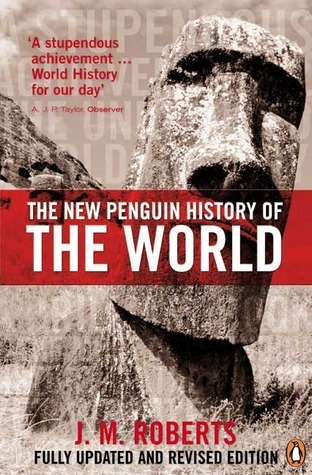
A History of the World in 6 Glasses
Book Description
Six glasses, six pivotal drinks, and a journey through human history like no other. From the ancient rituals of beer to the global impact of coffee, Tom Standage unveils how these beverages shaped societies, economies, and cultures. Each sip tells a story of trade, revolution, and the unbreakable bond between humans and their creations. As empires rise and fall over clinking glasses, the world’s most influential moments are distilled into an exhilarating narrative that reveals the power of what we drink. What if your favorite beverage held the key to understanding our past and future?
Quick Book Summary
Tom Standage's "A History of the World in 6 Glasses" explores how six influential beverages—beer, wine, spirits, coffee, tea, and cola—shaped the course of human civilization. Each drink represents a distinct era, marking social, political, and economic shifts. From the communal beer of ancient societies to the rise of global empires powered by coffee and tea, Standage reveals that what people drank influenced revolutions, commerce, and cultural exchanges. More than mere refreshments, these drinks reflected technological advancements and connected disparate regions through trade. The book offers a fascinating lens on history, showing how everyday beverages played pivotal roles in shaping the world as we know it.
Summary of Key Ideas
Table of Contents
The Social and Cultural Significance of Drinks
Standage begins by introducing beer, one of humanity's oldest beverages, as the cornerstone of ancient civilization. In early societies like Mesopotamia and Egypt, beer was not only a daily staple but also a symbol of social cohesion. It provided nutrition and was safer than water, supporting population growth and labor organization. Beer played a central role in rituals and was even used as currency, demonstrating how a simple drink became an economic and cultural foundation.
Beverages as Catalysts for Trade and Empire
Wine emerged as the drink of the ancient Mediterranean elites. Its consumption became intertwined with philosophy, politics, and religion, especially in ancient Greece and Rome. Wine's popularity reflected social status; symposiums facilitated intellectual debate and reinforced hierarchies. Furthermore, wine's link to trade expanded cultural exchanges across the Mediterranean, fostering new economic networks and ideas among diverse societies.
Drinks and Technological Innovation
Spirits marked the Age of Exploration and Colonialism. The development of distillation allowed for stronger alcoholic drinks like rum, gin, and whiskey, which became commodities in global trade. Spirits fueled the triangular trade between Europe, Africa, and the Americas, propelling economies while contributing to social issues like slavery and colonial dominance. These beverages not only boosted economies but also transformed cultural practices and power structures.
Ingredient-Driven Shifts in Power
Coffee and tea, introduced in the 1600s, shaped public discourse and global commerce. Coffeehouses became centers for intellectual debate, political plotting, and the exchange of ideas, fueling revolutions and scientific progress. Tea, meanwhile, was at the heart of British imperialism, tying together India, China, and the Americas through powerful corporations and complex trading networks. The rise of these drinks reflected technological advances and changing societal values.
Globalization through the Spread of Beverages
Finally, cola symbolizes the modern era of globalization and commercialization. Originating in the United States during the Industrial Age, cola became an icon of American culture and capitalism. Its global spread mirrors the rise of corporate brands and reflects political, social, and cultural change. From local soda fountains to worldwide marketing, cola demonstrates how beverages can both shape and mirror global trends. Each "glass" in Standage's history is a testament to the interconnectedness of food, commerce, and human development.
Download This Summary
Get a free PDF of this summary instantly — no email required.





